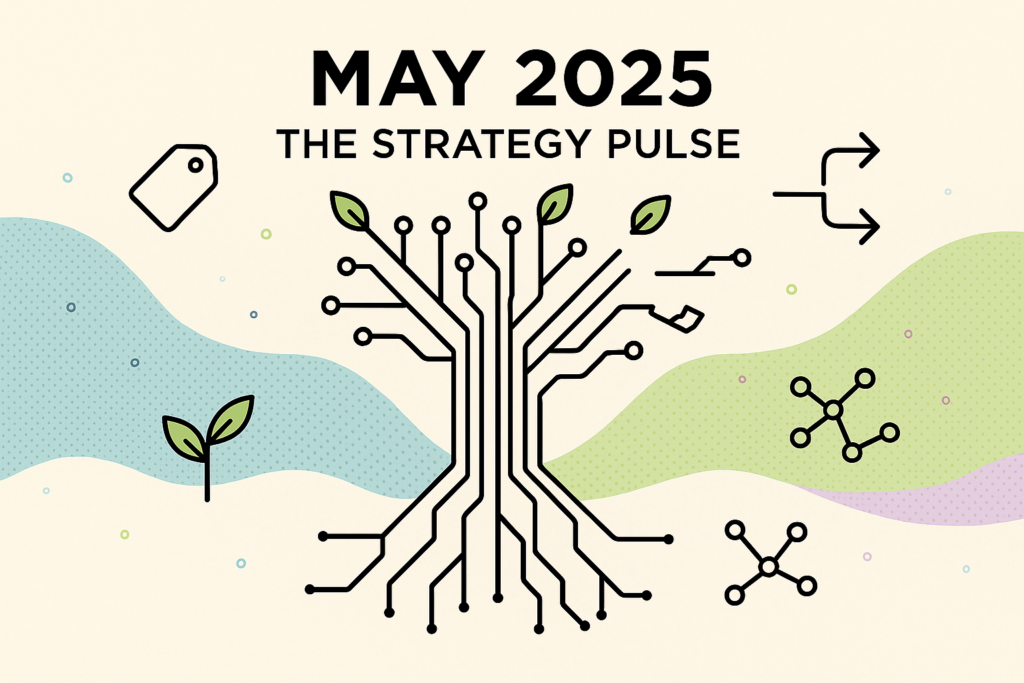Month: December 2022

Data Digest #4: World Cup Winners and Exoplanets
Data Digest #4: World Cup Winners and Exoplanets
December 6, 2022

The cogs of the data world are perpetually turning. Data never sleeps. Brace yourself for an exciting overview into some of the top data news stories that have been gracing our screens over the past month.
Nature: Data model predicts a World Cup winner…?
We’ve all seen the videos circulating on TikTok of animals in a zoo predicting the winner of a World Cup game. Paul the Octopus dominated social media during the 2010 World Cup with his accurate predictions, whilst his psychic successors Marcus the Pig and Taiyo the Otter also provided light-hearted entertainment to football fans across the globe.
However, these prophetic animals are no match for a new data-driven predictive model, developed by a team of epidemiologists at the University of Oxford. The mathematical model uses data from past performances to assess which team has the highest chance of winning the World Cup.
So, which team is taking home the trophy, you may ask? Well, it turns out the team with the highest chance of winning (13.88%) has already been knocked out after a disappointing group stage: Belgium was sent packing after their lacklustre draw with Croatia. No predictive model is fool proof, but perhaps now Brazil, who have the second highest chance of winning (13.51%), can prove the model’s efficacy themselves.
The predictive model has a good track record of getting things right: it correctly predicted that Italy would beat England in the Euros 2020 final (much to many of our dismay). But that’s the thing about football, and this World Cup in particular: nothing is certain, and you should never underestimate the underdogs.
Nature: Maths predicts World Cup winner
The Guardian: Long covid patient creates app to track symptoms
When Harry Leeming began to experience the long and gruelling effect of long covid, he felt isolated and alone, due to the medical world’s lack of research into the chronic condition. There’s still so much that healthcare professionals do not understand about it, and so Leeming sought out a solution of his own. He decided to develop an app dedicated to helping people who also struggle with the condition. The app, called Visible, is also designed to draw the attention of the medical community towards the impact of long covid.
It allows individuals to track their symptoms and adjust their activity levels accordingly, while feeding this invaluable data back to healthcare professionals and researchers. The app lets users track their symptoms through certain digital biomarkers, such as sleep quality, heart rate, and the menstrual cycle.
The app isn’t limited to long covid sufferers; people with a whole host of other chronic conditions can benefit from using the app, too. When used over an extended period of time, people struggling with long-term health concerns can come to understand trends and patterns regarding symptoms, so that they know not to over-exert themselves. Thus far, the app has received over $1 million in funding, and it’s on track to transform many peoples’ lives for the better.
The Guardian: Long Covid: the patient who’s made an app to track symptoms
Forbes: Telescope data unearths details about distant planet
Data collected from a telescope has been able to ascertain the entire chemical makeup of a planet 700 lightyears away. Sounds like the plot of a sci-fi movie, right? Well believe it or not, it’s true – and it’s an extraordinarily exciting development for the scientific community.
Scientists have been examining the exoplanet WASP-39 since summer this year, but the James Webb Telescope has single-handedly transformed our understanding about it. Thanks to its advanced sensitivity technology, its data has revealed the entire chemical profile of the hot gas giant. The planet is home to a vast array of familiar substances, including water and carbon monoxide. However, the planet is nothing like earth. We won’t be settling on WASP-39 anytime soon.
Forbes: New Webb Telescope Data Reveals An Alien World Like Never Before. Next Comes Earth-Like Planets
NY Times: Coding AI triggers lawsuit
This summer, Microsoft launched a new tool called Copilot, which uses artificial intelligence to generate computer codes, and is intended to make professional programmers’ lives easier. Doesn’t sound like there’s anything fundamentally wrong with that, right?
Not necessarily. Whilst most people in the programming industry have embraced this new technology with open arms, Matthew Butterick, an open-source programmer, has taken issue with Copilot, and has filed a lawsuit against Microsoft and all other major companies that have encouraged the adoption of this new technology.
Butterick’s main qualm is this: the code being generated by Copilot was not conjured up in a vacuum, but rather built out of vast pools of pre-existing data. The technology most likely draws upon computer code that had already been posted on the internet by other programmers. Thus, Copilot is allegedly, according to Butterick, taking credit for work that is not theirs. He believes that work has been indirectly stolen from creators without their consent.
And this wouldn’t be the first time that AI tools have come under fire for potentially infringing copyright laws. Many artists have had this issue in the past, with their work being used to train art generator tools and other types of AI technology. Whilst Microsoft and other major companies claim that their use of other creators’ work falls under ‘fair use’ in copyright law, the ethicality of this development is still very much up for debate.
NY Times: Lawsuit Takes Aim at the Way AI is Built
Metro: Catching out deepfakes in real time
‘Deepfakes’ are plaguing the internet right now. They have the power to singlehandedly destroy people’s trust in online sources. This technology often stems from malicious intent, and ‘deepfakes’ have the capacity to ruin lives at the click of a button. The news is flooded with stories of women being targeted in fake pornographic videos, or politicians being framed in fake government announcements. They’re a dangerous threat to the sanctity of the internet, costing companies $188 billion in cybersecurity, according to research by Gartner.
But a glimmer of hope is on the horizon: Intel has developed a new technology that is able to determine whether or not a video is real in milliseconds. The new tool – FakeCatcher – looks at biological indicators, such as blood flow, which give away whether the video features a real human being or not. This technology could be a gamechanger, limiting the damaging impact of ‘deepfakes’ by denying their plausibility in the blink of an eye.
Metro: ‘FakeCatcher’ can detect deepfakes in real-time with 96% accuracy

